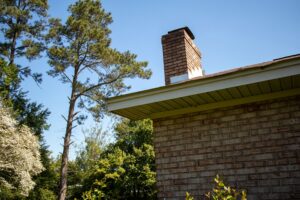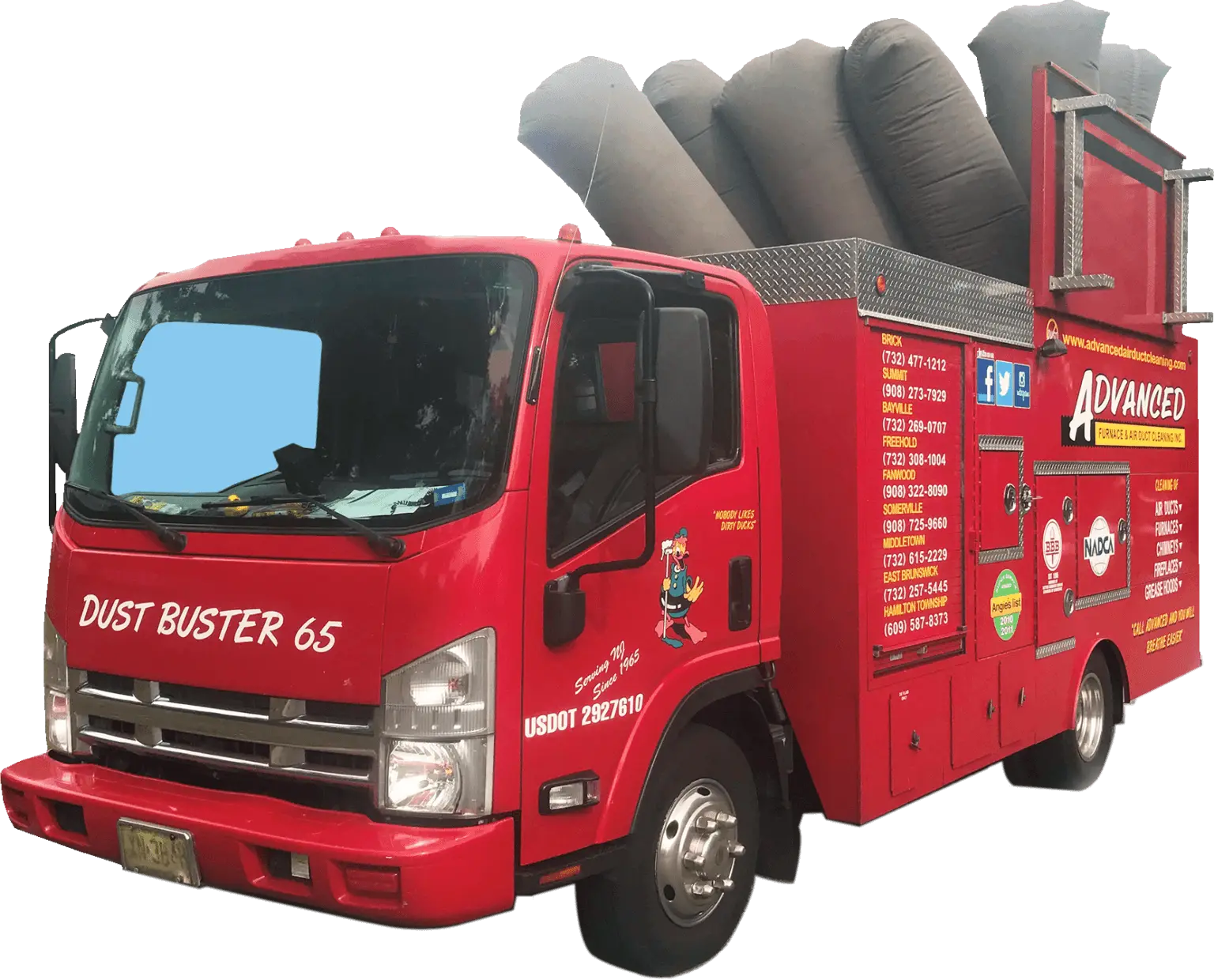
Your chimney may look clean from the outside, but inside it could be hiding one of the biggest fire hazards in your home, creosote. This sticky, tar-like substance builds up every time you burn wood, and over time, it can ignite, causing a dangerous chimney fire. Understanding what creosote is, how it forms, and what you can do to prevent it can help protect your home and family.
What Is Creosote?
Creosote is a highly flammable byproduct of burning wood. When smoke travels up your chimney, it carries unburned wood particles, tar, and water vapor. As the smoke cools, these particles stick to the inner walls of the flue, forming layers of creosote. Depending on how often you use your fireplace and the type of wood you burn, creosote can accumulate quickly.
How Creosote Forms
Several factors contribute to creosote buildup:
- Incomplete combustion – When the fire doesn’t burn hot enough, more unburned particles are released.
- Cool chimney temperatures – Cooler flues allow more condensation, causing creosote to stick.
- Restricted airflow – Poor ventilation or a closed damper increases smoke density and buildup.
- Burning unseasoned wood – Wet or green wood produces more smoke and vapor, leading to faster creosote formation.
The Three Stages of Creosote Buildup
Not all creosote looks the same. Its texture and flammability change as it accumulates. Here’s how to identify each stage:
1. Light Buildup
Appears as a thin, dusty, or flaky coating inside the chimney liner. It’s easy to brush away during a regular cleaning. Regular maintenance at this stage prevents more serious buildup.
2. Medium Buildup
Has a thicker, crunchy, or tar-like texture. It’s harder to remove and may require professional cleaning tools. At this point, creosote can ignite if temperatures reach 1,000°F or higher.
3. Heavy Buildup
Looks like a shiny, hard glaze coating the flue. This is the most dangerous type of creosote — extremely flammable and difficult to remove. A professional chimney sweep must use specialized equipment or chemical treatments to eliminate it safely.
Why Creosote Is So Dangerous
When creosote ignites, chimney temperatures can soar above 2,000°F. This intense heat can crack the flue liner, spread flames to the attic or walls, and cause a devastating house fire. Even if the fire stays confined to the chimney, repeated flare-ups can weaken the structure and release toxic fumes into your home.
How to Prevent Creosote Buildup
- Schedule annual chimney inspections and cleanings by a certified professional.
- Burn only dry, seasoned hardwoods to minimize smoke and moisture.
- Maintain proper airflow by keeping the damper open and your chimney cap clear of debris.
- Avoid slow, smoldering fires — they create more creosote than hot, efficient burns.
Trust the Experts at Advanced Air Duct Cleaning
At Advanced Air Duct Cleaning, our certified technicians specialize in chimney inspections and cleaning services that keep your home safe and your heating system running efficiently. We use advanced rotary brush and vacuum systems to remove even the toughest creosote deposits, without leaving a mess behind.
Don’t wait for a chimney fire to reveal what’s been hiding inside your flue. Contact Advanced Air Duct Cleaning today to schedule your professional chimney inspection and cleaning.

